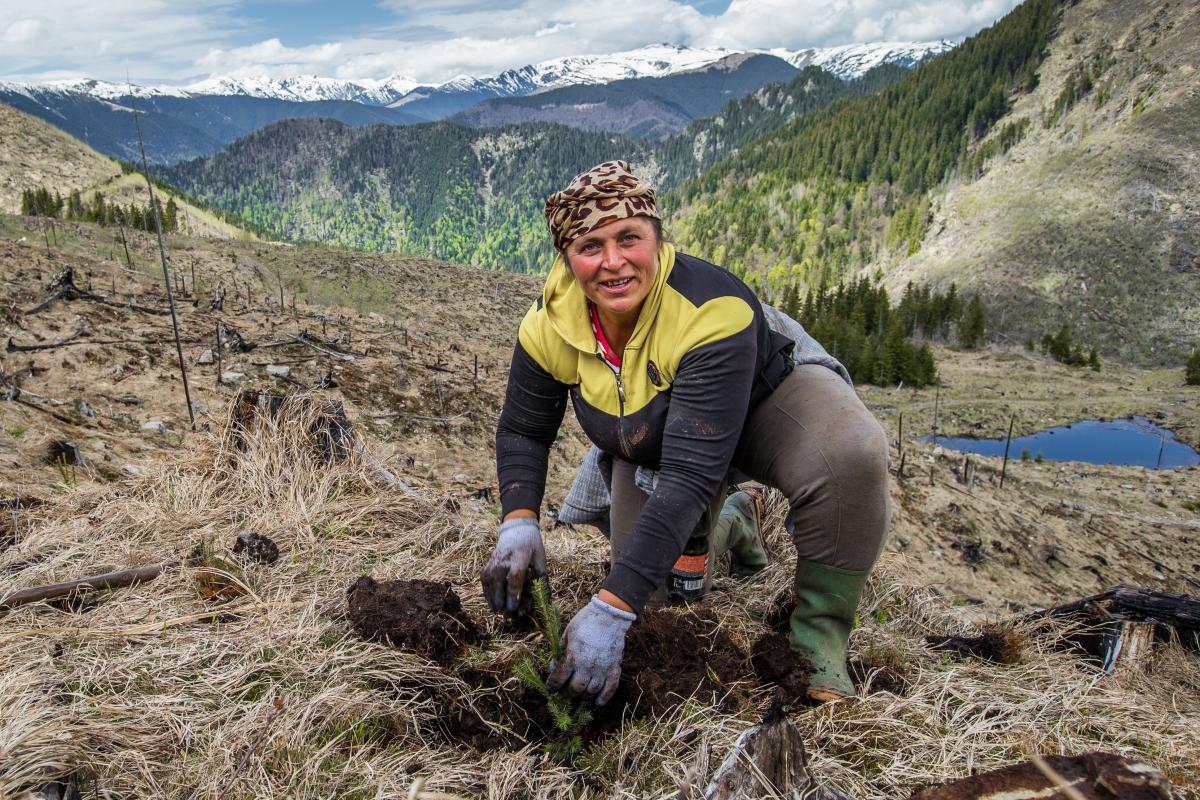The EU’s new Nature Restoration Law – which passed through the European Parliament on Wednesday, 12 July – paves the way for even greater biodiversity and climate action.
As Commissioner Virginijus Sinkevičius said at the European Parliament’s Plenary session in Strasbourg, this law is not about “restoring nature for the sake of nature. It is about ensuring a habitable environment where the well-being of current and future generations is ensured, and where the land and seas continue having the capacity to provide us the goods and services that our lives and economies fully depend on”.
The new law underpins the EU biodiversity strategy for 2030, which recognises that climate action means not only reducing greenhouse gas emissions but also protecting nature. It also makes sound economic sense – estimates show between 8 and 38 euro worth of benefits for every euro spent.
The Nature Restoration Law will also build on the EU LIFE programme, which has funded nearly 6 000 environmental protection and climate action projects since 1992. Europe’s nature is in alarming decline: more than 80 per cent of habitats are in poor condition, so it’s critical to restore wetlands, rivers, forests, grasslands, marine ecosystems and the species they host.
In Romania, for example, the LIFE CARPATHIA project has restored large areas of the Făgăraș Mountains, formerly covered by a monoculture of spruce tree plantations. After three years, nearly 900 hectares of mixed, healthy forests have been planted, and the rare European Bison has returned – not only regenerating nature but creating a green ecotourism economy for local communities.
“We’ve seen the wilderness come alive again,” says Ciprian Belu, a bison reintroduction ranger with Foundation Conservation Carpathia. “Witnessing the return of the European bison is awe-inspiring and strengthens our commitment to preserve the unique biodiversity of our region.”
“The natural beauty of the Făgăraș Mountains is breathtaking,” echoes Romanian nature enthusiast Mălin Dan. “I am grateful to LIFE CARPATHIA for preserving and promoting it. As an avid nature lover, I have visited several protected areas in Europe, but the Carpathians have left an indelible mark on my heart.”
Meanwhile, the LIFE KEDROS in Cyprus had a similar aim in a very different environment – preserving the long-term future of the Cyprus cedar tree, threatened by climate change because it only grows at specific altitudes and temperatures.
Active from 2016 to 2021, LIFE KEDROS combined tree planting, natural solutions to prevent fires and soil degradation, and restoring natural habitat – creating, for example, three artificial lakes and nests for owls. As in Romania, ecotourism now benefits the local communities.
The Nature Restoration Law and EU Biodiversity strategy may sound far removed from everyday climate realities. But the thousands of LIFE projects – and the tens of thousands of committed citizens working on them – really are making a difference on the ground by restoring nature today for a better tomorrow.
This year, a further EUR 611 million has been made available for LIFE nature conservation, environmental protection, climate action, and clean energy transition projects. Your project could be the next one to receive funding! Visit the LIFE 2023 Calls for Proposals website for more information on the kinds of projects we fund, application dates, and how to apply.

